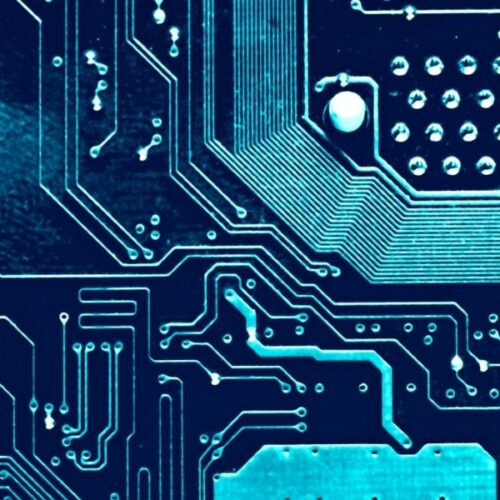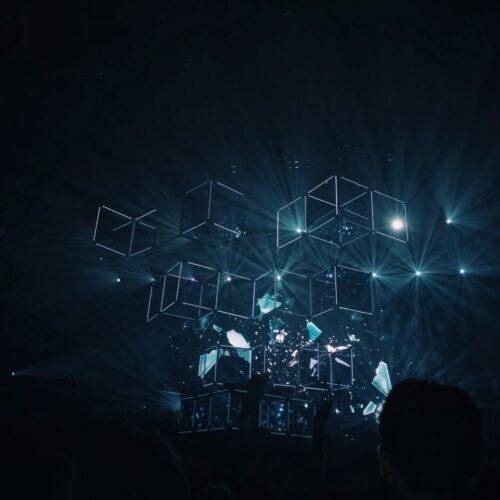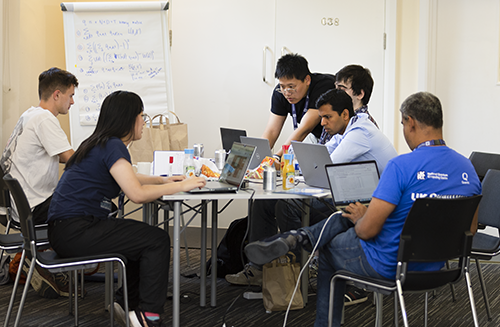Technology overview
Superconducting circuits exhibit quantum behaviour even at a macroscopic scale, which enables superconducting qubits to be engineered to achieve particular behaviour or interactions. Quantum states in these circuits can be manipulated using microwave pulses, with further control possible with magnetic or electrical fields. Multiple qubits can be connected together by making links between the superconducting circuits, with microwave and flux signals then used to control the strength and type of interaction between the connected qubits. Key advantages of a superconducting quantum computing platform include:
- Flexibility to alter qubit properties and upgrade performance as new designs and fabrication techniques emerge. Novel qubit types and interactions can be explored through new circuit designs.
- Long-lived quantum states, with coherence times exceeding 100 μs and gate times of around 10–100 ns. Gate fidelities typically exceed 99.9% for single-qubit quantum gates and 99% for two-qubit gates.
- Easy to connect together large numbers of qubits, with different connectivity schemes available for different applications
- The solid-state circuitry can be fabricated using existing nanofabrication techniques and can readily be interfaced with conventional processors, while the use of microwave technology for qubit control exploits established techniques and equipment.

Scaling challenges
More work is need to improve and maintain coherence times and gate fidelities for larger numbers of qubits. Fabricating larger and more complex superconducting circuits also becomes a challenge, since there is limited planar connectivity and the poor reproducibility of larger chips limits the yield of useful devices.
Since superconducting circuits must be maintained at cryogenic temperatures, one key difficulty is the number of coax cables and microwave components that must be installed inside the dilution fridge. The limited access to the physical qubits inside the fridge also makes it even more difficult to calibrate and operate large numbers of qubits.

NQCC activities
As we build up our team at the NQCC, our initial focus will be to build small-qubit devices to establish and test an experimental set-up for the fridge wiring as well as the control systems and software. Scaling up to larger devices will require parallel development of 3D integration and modular designs to enable more complex circuits to be fabricated reliably on a single monolithic chip.
In the medium term our goal is to demonstrate an integrated device consisting of significantly sized modules, which will act as a proof-of-principle for further scaling. Collaborative or external projects with research groups and companies in the UK are likely to focus on enabling technologies, such as microwave cryo-electronics, chip-to-chip interconnects, optimizing the chip packaging, and wiring and shielding.

Latest progress
We are currently recruiting new members to help our efforts to set up the first dilution fridges and experiments. Our first four-qubit control system has arrived, with a second on the way, and we have begun testing its capabilities to find out how to best use it in our experiments.
We are also sourcing the remaining test and measurement equipment required that we will need when the lab is up and running.



